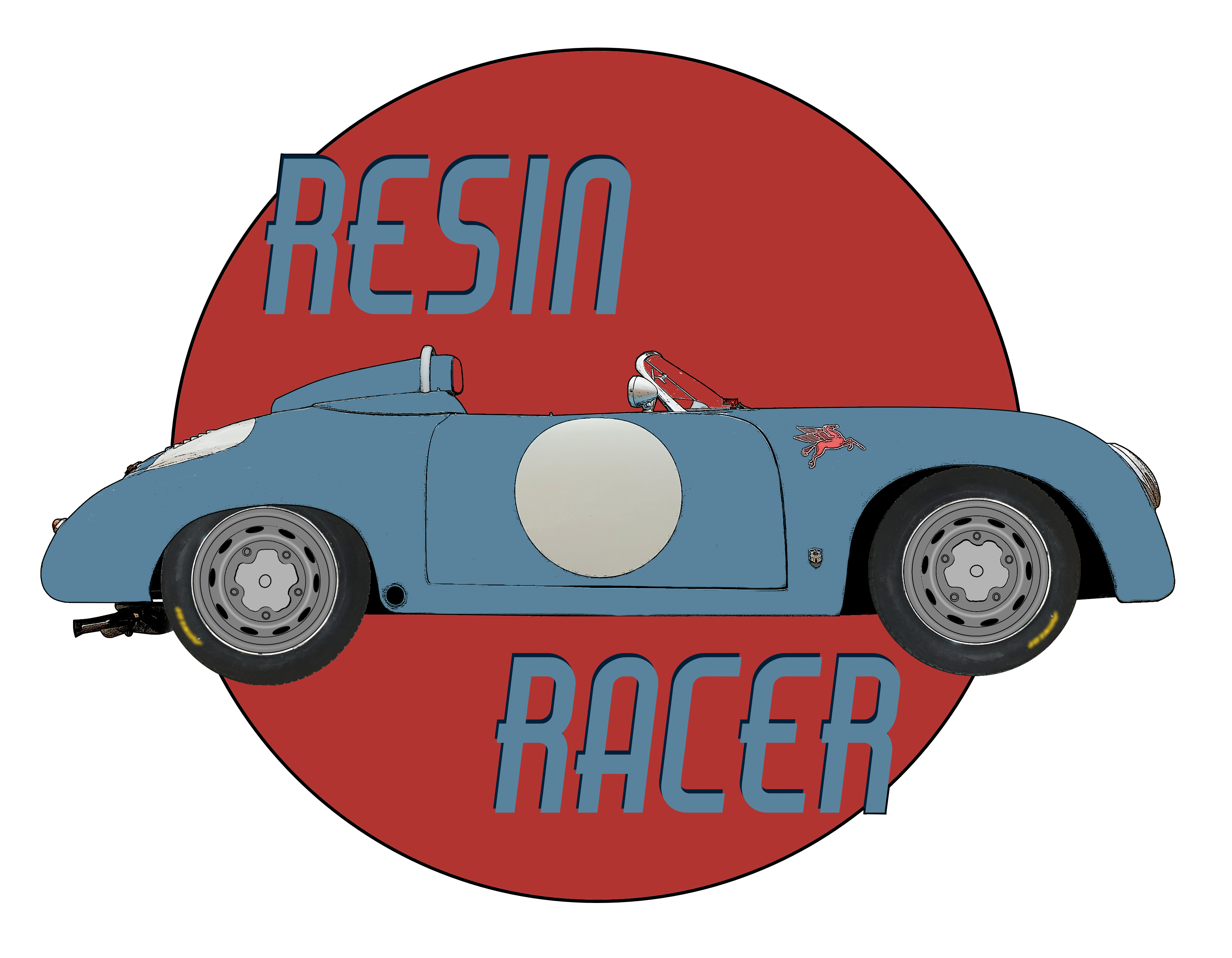As someone who has barely installed a new head unit into a car’s dash, the task of wiring an entire car is big one. I decided to start as the front and progressively work my way back.
Before starting, I had amassed a mountain of heat shrink, a hundred male and female spade connectors, a 30m spool of automotive wire and a generic wiring loom from a 4×4 shop, complete with extra long wires. This was not enough. I am dumbfounded how much wire such a simple car has swallowed up.
I suppose I could have saved some distance if I kept to the beetle layout of the battery in the back, but this is a thoroughbred genuine imitation racecar! The weight of the battery needs to be as far in front and as far away from the driver’s side as is physically possible (ie front left corner,) which is sadly as far removed from the starter motor as is physically possible. This means that finding the path of least resistance for the battery cable would be a challenge. In anticipation of the job, I had made a channel with sheet metal on the inside of the passenger sill while doing the interior. It would descend from the left side of the dash, traverse the cabin and pop out the back where the rear bench normally is. The wiring harness could utilise this channel, but the path would be too long for heavy gauge battery cable. Considering that my engine would be too thirsty for the stock fuel line in any case, the tunnel was available. After adding protective sheathing it only took me several hours and multiple bruised knuckles to get it through the tunnel and out the back! Easy!
The negative cable passes along the front of the nose, up the right side of the frunk to the battery disconnect on the scuttle. After that it firmly earths into the steel frame of the body, below the dash. There are many pros and cons to adding a disconnect to either the positive or negative side and many potential barroom arguments for either case. In the end, I chose the latter, for reasons I won’t bore you with.
From the starter, via the alternator, another lesser but still beafy cable returns via my fabricated channel to a magneto style ‘on/off’ switch on the dash. From here power flows to the generic fuse box which I mounted on a hinged tray below the dash. The tray also houses my tach adapter, fuel relay and relays necessary for having a trick DLR halo/ alternating indicator setup. I guess I have crossed over to the restomod side of the spectrum. Buy I digress. There is no ‘hot bus’ on this car. Flick the master switch to ‘on’ and the daytime running lights come on. The starter is engaged by a button on the right of the stearing wheel. Fuel primer, lights, wiper and spotlights are toggled by reappropriated Boeing 737 guarded switches. They are probably worth more than the car in the right market… From here the loom branches either forward or back through the channel again. At the moment I’m just going through each item bit by bit. I think it is important to remain methodical and calm, especially while the amount of wiring starts adding up in a disconcerting manner! If In don’t accidentally strangulate myself with automotice wire, I will report back on the finished electrical system hopefully soon.












